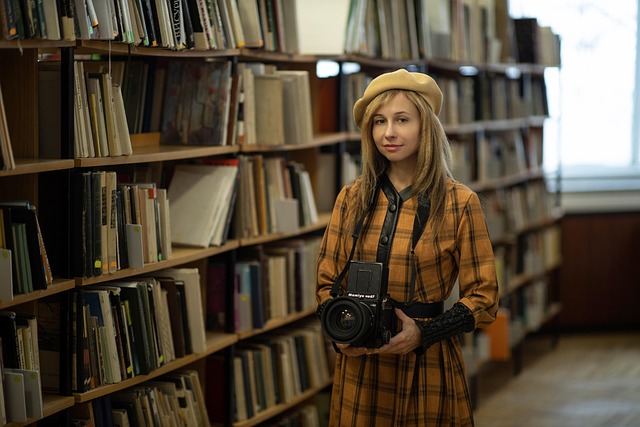In today’s world, media serves as the backbone of information sharing, cultural expression, and public discourse. Yet, beneath the surface of this dynamic exchange lies a subtle but powerful force shaping what we see, hear, and ultimately believe: censorship. Whether overt or insidious, censorship influences the media landscape in ways that affect us all, molding our perceptions and silencing critical voices.
Censorship in media often arrives cloaked in complex justifications—national security, public morality, or protecting social harmony. While these reasons may sound reasonable, the impact on creativity, truth, and freedom of expression can be profound and deeply unsettling. When certain stories are suppressed or altered to align with particular agendas, we lose more than information; we lose the opportunity to engage with diverse perspectives that challenge our beliefs and enrich our understanding.
For those consuming media daily—whether through TV, news websites, social media, or streaming platforms—the feeling of missing pieces in a story can be disorienting. It brings a sense of unease, a subtle doubt about the completeness and authenticity of what we are presented with. Many individuals sense a tension between wanting to stay informed and fearing that the information is filtered, manipulated, or biased. This tension affects trust, fostering skepticism toward institutions and media outlets alike.
Moreover, censorship can create invisible boundaries, restricting conversations around pivotal social, political, and cultural topics. When certain narratives are off-limits, marginalized voices remain unheard, and societal progress is stifled. It is a shared feeling among those who value openness and inclusivity—a quiet frustration that the truth, in all its complexity, is being pared down to fit narrow criteria.
Recognizing the impact of censorship invites us to become more mindful consumers of media. It encourages the search for multiple sources, critical thinking about the information presented, and advocacy for transparency and freedom of expression. Though the challenges are significant, embracing these practices can help us reclaim a media space where authentic, diverse stories flourish—stories that resonate with our own experiences and expand our collective understanding.



